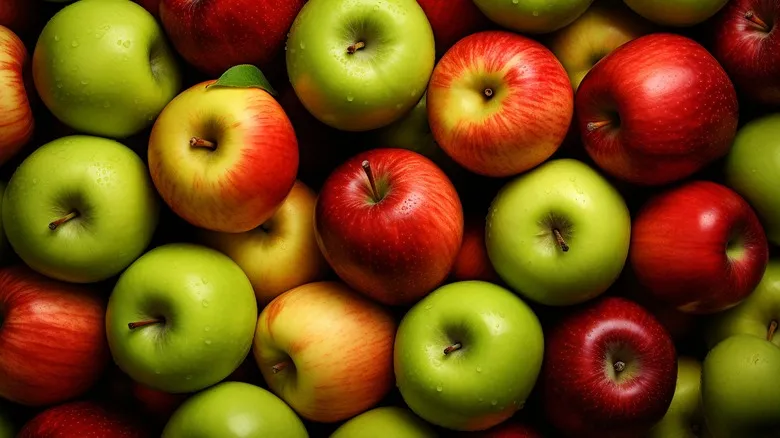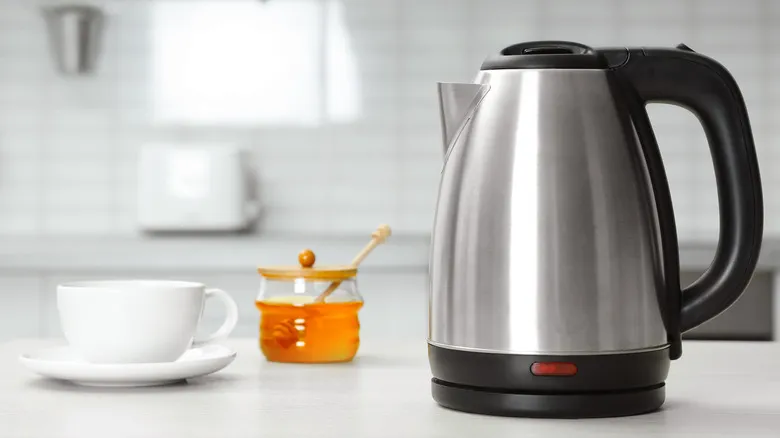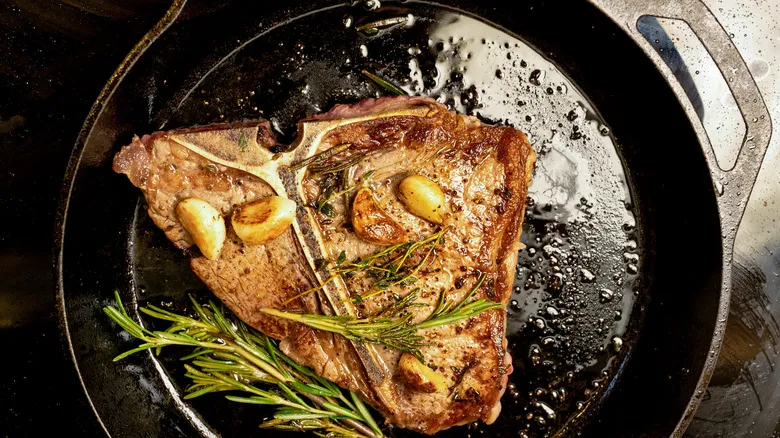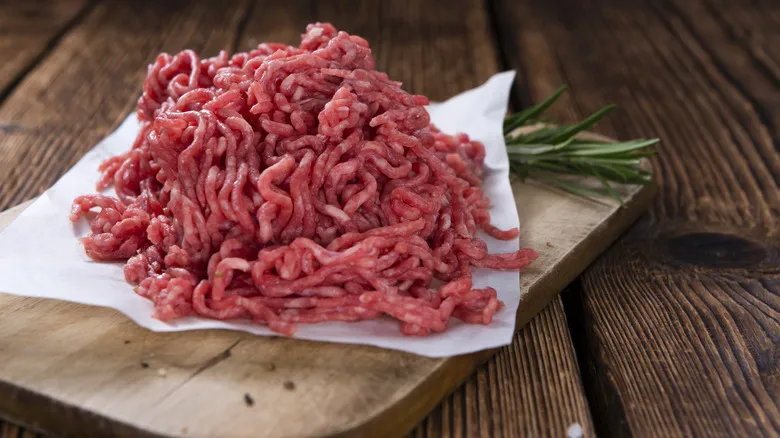Other differences between wax and parchment paper

Parchment paper is an excellent option for cooking, as most brands can endure temperatures of up to approximately 420 degrees Fahrenheit. It is particularly useful for lining cookie sheets during baking, roasting vegetables, or preparing sheet pan meals, as it eliminates the need for greasing. This is beneficial for those looking to cut down on fat and saves you from scrubbing stubbornly baked-on residue from pans.
Additionally, parchment paper is perfect for cooking en papillote, a method that involves wrapping food in a packet and baking it. It comes in rolls, pre-cut sheets, and even round shapes, making it versatile for lining round pans, creating tidy packets for steaming in the oven, and serving as lids for braises and stews. This allows some moisture to escape while preventing your liquids from evaporating too quickly.
The papers also vary in their processing methods. Parchment paper features a silicone coating that provides a nonstick surface and makes it safe for oven use.
Both parchment paper and wax paper are available in bleached or unbleached varieties. Unbleached parchment is brown and has undergone less processing (aside from their respective coatings), while bleached parchment has been treated with chlorine to achieve a white appearance.
Recommended

The Best Way To Store Apples So They Stay Crisp

Your Electric Kettle Can Clean Itself With One Simple Solution

15 Myths About Cast Iron Skillets, Debunked

Why Ground Meat Spoils Faster Than Standard Cuts
Next up

